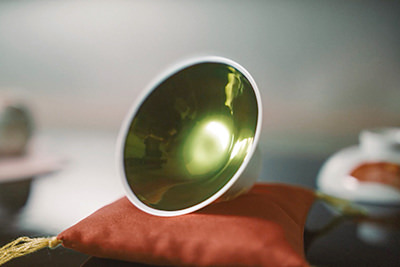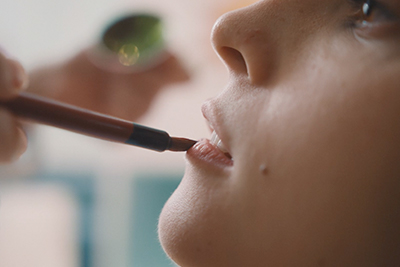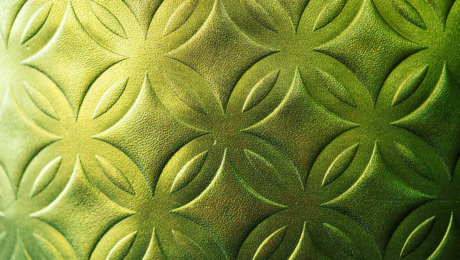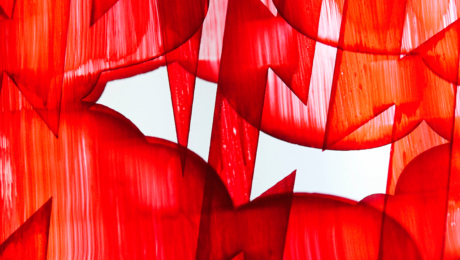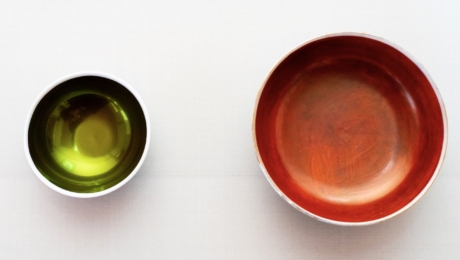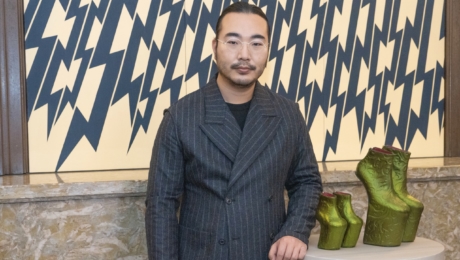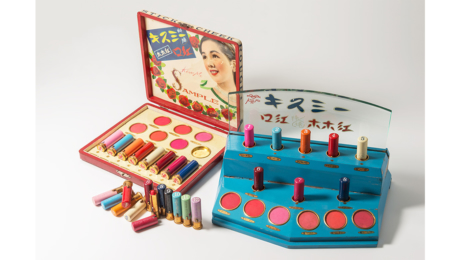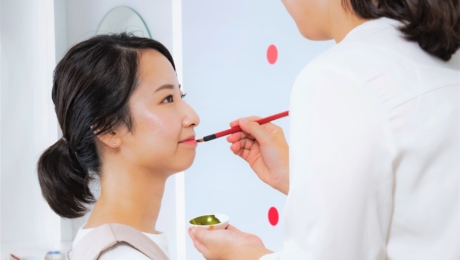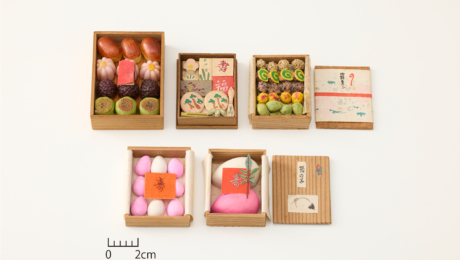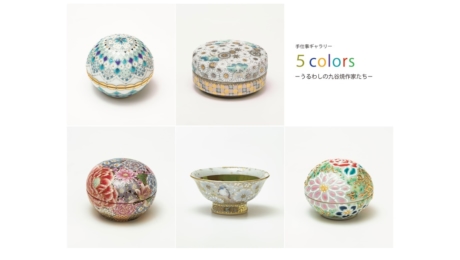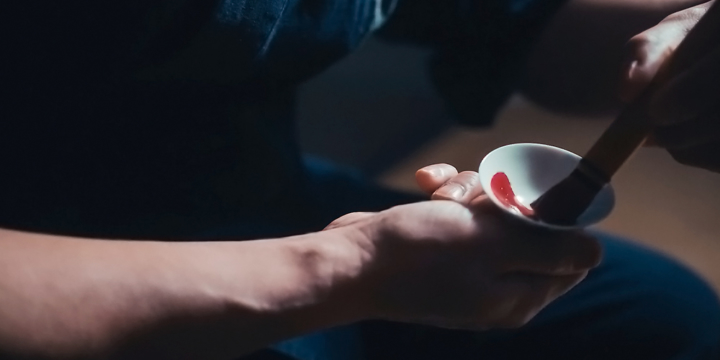
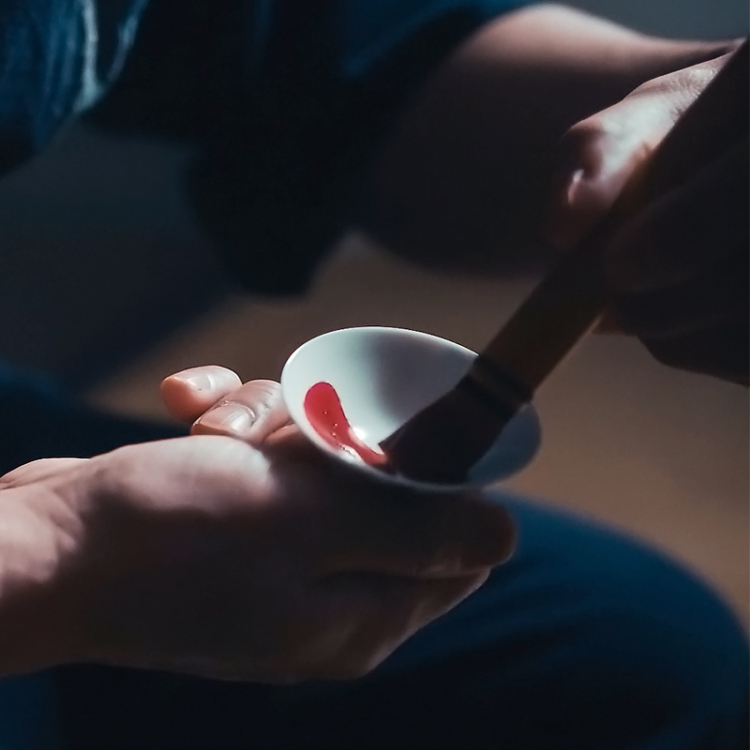
Mysterious Rouge Cosmetic Handed Down by Word of Mouth
As one of the most celebrated fashion streets in the world, new styles and trends are always being premiered in Omotesando. Running parallel to this is Kotto Dori (“Antique Street”) with its neighborhood of leading-edge boutiques and cafés, found amidst more classic antique dealers, art galleries, and jazz bars. The Isehan shop a well-established business with a global presence, which has been selling “beni” rouge, prepared according to a secret formula ever since 1825, has both a shop and a museum in this neighborhood. Beni Museum features exhibits about the craft of making beni that has continued from the time Isehan was founded until the present day, as well as the history and cultural aspects of beni rouge.
Beni is a traditional Japanese rouge obtained by extracting a red pigment present in small amounts in safflower petals. Isehan’s manufacturing secrets, which do not leave the shop, are an inherited manufacturing method transmitted by word of mouth over the generations, restricted to beni craftsmen who have earned the master’s trust. Extolled as “the best rouge in Edo,” the signature Isehan product is the iridescent “Komachi Beni.” When beni is brushed on a small sake cup and allowed to dry, it glitters in an iridescent greenish hue almost the opposite of red, but when it comes into contact with water, it quickly turns red again. The only place in the world where this mysterious beni is still produced by the time-honored methods is Isehan.
Komachi Beni, admired since the late Edo period by all fashion-conscious women, was prized by the wealthy as a luxury cosmetic. In particular, applying several layers of Komachi Beni gave the lower lip a greenish color, the legendary “sasabeni” style (bamboo grass color + rouge), which, as a status symbol, became a major trend in the city of Edo at one time. Ordinary citizens, trying to emulate this, devised the trick of using a black ink undercoat, with a layer of inexpensive rouge above, which also gave an iridescent-like luster.
Where can we find women who are more sensitive to the latest styles, or more inspired to create newer trends, than in Tokyo? A visit to the Beni Museum at the Isehan creates a fresh awareness of how women’s love of stylishness is one of the few things in human history that never changes.
